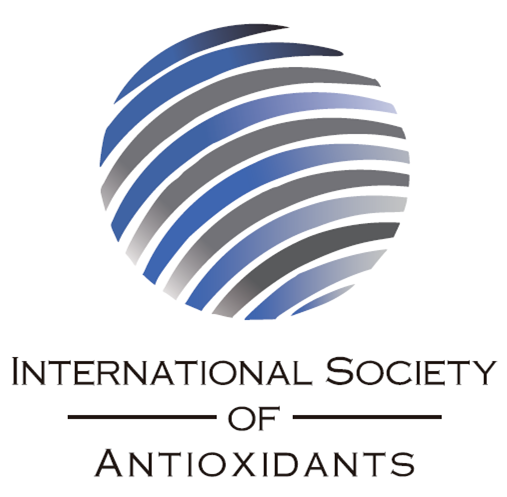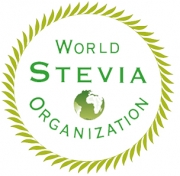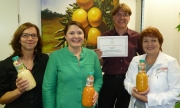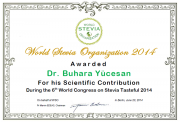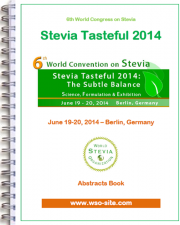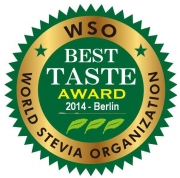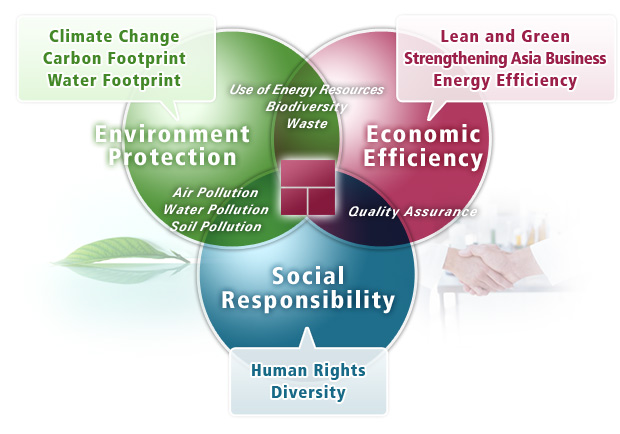
Sustainability is now a worldwide challenge. Protecting Nature and Human Being have to be deeply linked to Economy efficiency. The World Stevia Organisation, by promoting Stevia use around the world is deeply involved in Sustainability.
Stevia , a key part of Sustainability
Environment Footprint
Stevia is produced without Genetically Modified Organisms. It is a worthwhile addition to viable crops grown with sustainable practices.One hectare of stevia produces approximately 300kg of stevia or equivalent to 90 MT of sugar equivalent sweetening.
At present for example, 75 tons of raw sugar cane are produced annually per hectare. The cane delivered to the processing plant is called burned and cropped (b&c), and represents 77% of the mass of the raw cane. The reason for this reduction is that the stalks are separated from the leaves (which are burned and whose ashes are left in the field as fertilizer), and from the roots that remain in the ground to sprout for the next crop. Average cane production is, therefore, 58 tons of b&c per hectare per year. Each ton of b&c yields 740 kg of juice (135 kg of sucrose and 605 kg of water)*.
Accordingly, in simple output terms, stevia is 54 times more sustainable than sugar, thus freeing up more land for food and energy production.Stevia is a robust plant which requires little inputs of chemicals.
This makes the plant economically viable in subsistence-level communities without the resources to purchase insecticides and herbicides. In many cases the mulch from production can be used as organic fertilizer or nutrition animal feed. It is suitable for intercropping and crop rotation and can produce up to six harvests yearly.
Source: da Rosa, A, Fundamentals of Renewable Energy Processes, 2005, Elsevier, ISBN 978-0-12-088510-7, pp. 501-502
Environemental Dimension
Stevia offers several environmental dimensions:
- Stevia glycosides can be extracted using only purified water in a revolutionary new filtration process; a clear advantage in product purity. The naturally occurring glycosides result in a clean, desirable taste profile.
- Stevia can be used to restore nutrients to spent fields.
- Animals; chicken, fish, cattle and pork, are fed Stevia leaf residue.
- Spent water is used to irrigate crops. Japan labels "stevia grown" products; water from the stevia extraction process is sprayed on growing produce to encourage the health and longevity of the plant.
Respect of Human Being
The Respect of Human Being is also a key part of Sustainability and WSO is proud to support it.
Producers side
Stevia can also solve much of the poverty of the farmers in third world countries by giving them a cash crop to grow, and even improving the productivity of their soil and the quality of their other crops.
Consumer side
The media and genuine manufacturer interest have rightly framed Stevia as the promised sweetener that can help resolve many of the world's sweetener, obesity and diabetes concerns.














